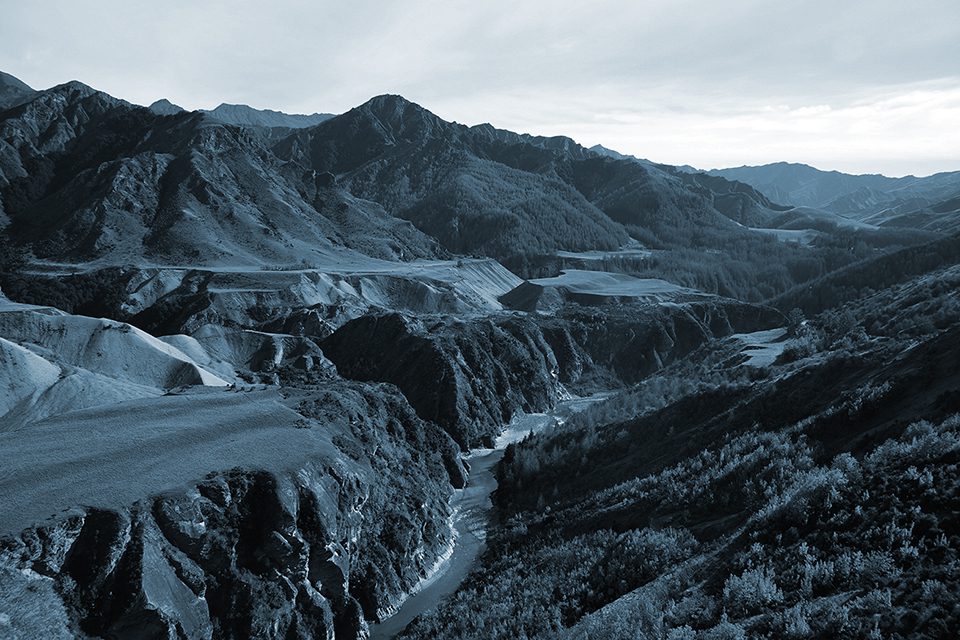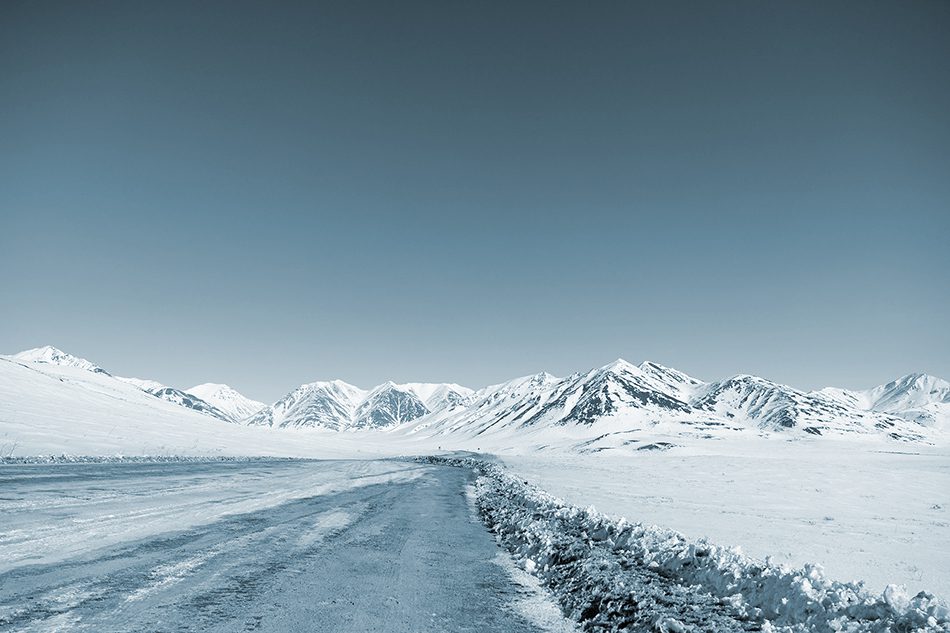The World’s Most Dangerous Roads
More than 1.3 million people are killed in motor vehicle accidents every year. Most of these are caused by human error. Some, though, are the result of deadly conditions–and some roads are more prone to poor conditions than others.
The deadliest roads in the world are often home to sharp turns, sheer drops, dangerous weather conditions, massive potholes, and other terrifying environmental circumstances.
In no particular order, we’ve listed 9 of the most dangerous roads in the world below.
Skippers Canyon Road–New Zealand
Unfortunately, sometimes the most scenic roads in the world are also the deadliest. Such is the case with Skippers Canyon Road in the South Island of New Zealand. This winding road is roughly 11 miles long and, while beautiful, claims nearly 100 lives each year. This is not nearly the deadliest road on our list, but traversing it requires extreme concentration and patience.
Skippers Canyon Road was hand-carved into the side of a cliff by miners in the late 1800s. The narrow road is mostly one-way and has no room to turn around for miles at a time. There are no guardrails preventing cars from falling off the steep drop-offs to the Shotover River.
With access to bungee jumping and white-water rafting operations, Skippers Canyon Road may seem like the ideal destination for a road trip, but use caution. Most rental car insurance will not cover you in the event of an accident on this road.
Karakoram Highway–Pakistan to China
The 810-mile Karakoram Highway, connecting Pakistan to China, is one of the highest paved roads in the world, at an elevation of more than 15,000 feet above sea level. Obviously, at such high altitudes, weather conditions are often unpredictable and dangerous. In the winter months, the highway is often closed for long periods of time due to heavy snowfall.
Even when skies are clear, there is a constant threat of mudslides in the area. These landslides can create blockages that prevent motorists from getting through.
More than 1,000 Pakistani and Chinese workers died in the construction of the road in the 20th century. Since the road opened to the public, another 1,000 people have died while driving it.
Atlantic Road–Norway
The Nowegian Atlantic Ocean Road is another popular tourist route–with breathtaking views of fjords, mountains, and the Atlantic Ocean, it makes for a memorable trip. Unfortunately, the severe weather conditions can make it an unforgettable drive for other, more tragic reasons.
The 22-mile road often experiences winds of up to 30 miles per hour, along with low visibility. On days with poor conditions, the route’s eight bridges can feel like death traps.
Though the Atlantic Road requires technical driving skills and nerves of steel, it is considered one of the best coastal drives in the world. From stunning sunsets to unparalleled Norwegian seascapes, it’s no wonder that thrill seekers and adventure enthusiasts put this drive on their bucket lists.
North Yungas Road–Bolivia
North Yungas Road is also known as the Death Road, and for good reason. Until 1994, the road saw nearly 300 fatalities each year. Stretching through the Amazon rainforest, the 43-mile roadway is home to hairpin turns, steep drop-offs, and thick fog. Landslides are common on the narrow mountain pass.
For many years, North Yungas Road was the only way to get from La Paz, Bolivia, to the town of Coroico. It was only one lane and lacked guardrails. In 2006, the Bolivian government built a new road connecting Coroico to the capital city. They also made improvements to North Yungas, adding another lane and repaving the surface.
Even with the safety updates, the road can still be treacherous. It is estimated that more than a dozen cyclists have lost their lives on Death Road in the last ten years.
Fairy Meadows Road–Pakistan
Though its name might evoke images of wildflowers and magic, Fairy Meadows Road is not exactly a pleasant drive. High in the Himalayas, the nearly 10-mile stretch is entirely unpaved and unmaintained. The surface is uneven and rough, having been carved into a mountainside many years ago. At certain points, there is only room for one car at a time.
Because the road lacks barriers of any kind, any car could easily slide off the mountain’s edge into the valley below. Only high-clearance vehicles with expert drivers can safely make it up this road. Near the end of the trip, only foot and bicycle traffic can travel on the narrow path.
As with many experiences in life, the terrifying challenges of Fairy Meadows Road come with quite the reward. The route ends at Fairy Meadows, a stunning valley at the base of the Nanga Parbat, the 9th highest mountain in the world.
Due to the high altitude, the road is only open in the summer.
 Dalton Highway–United States
Dalton Highway–United States
Given that many of the deadliest roads in the world are in remote, mountainous areas, it makes sense that the United States’ only entry on this list is in Alaska. The 414-mile James Dalton Highway is one of the furthest north roadways in the world. It passes through only 3 towns–this means only 3 chances to fill up with gas or purchase other supplies.
The reality TV show “Ice Road Truckers” features Dalton Highway on many episodes. The road is remote, icy, and unpaved in most areas. It’s recommended that every traveler on the highway have emergency supplies in the car with them. It is also advised that no one travel alone.
The only medical facilities in the area are at the two ends of the highway. This means that, in the event of an emergency, it can take hours for first responders to arrive.
Guoliang Tunnel Road–China
High in the Taihang Mountains, the Chinese village of Guoliang used to be almost entirely cut off from the rest of the world–the only way to get to the town was by traversing a steep, narrow staircase carved into the mountainside. Naturally, this trip was dangerous and exhausting.
Since 1977, the Guoliang Tunnel has allowed vehicles to access the village. Though Guoliang Tunnel Road is relatively short (less than a mile), it is narrow and treacherous. In many places, there is only room for one-way traffic. Unfortunately, because the tunnel twists and dips as it travels through the mountain, it can be impossible to know if other cars are coming in your direction.
Guliang Tunnel has been deadly even before it was open to the public–it was carved by hand by local villagers, and some of them died in the process.
Sichuan-Tibet Highway–China
The Sichuan-Tibet Highway is the longest road on our list at more than 1,300 miles. The highway travels between the cities of Chengdu and Lhasa. Though the route is mostly paved, it frequently suffers rock avalanches and flooding, which can damage the asphalt and leave potholes.
Because the road traverses 14 different mountains, it is full of hairpin bends and steep grades. The high altitude makes for unpredictable weather. When the road becomes blocked by rockslides or water, the traffic jam can stretch on for miles.
Zojila Pass–India
Yet another high-altitude pass, Zojila Pass (also known simply as Zoji La) travels through the Himalayan Mountains. The area often experiences heavy rains and mudslides, which can make the unpaved road impassable at times. Connecting the Kashmir Valley with the Ladakh region, the pass stretches over 100 miles.
The road is steep, winding, and narrow, making it a white-knuckle ride for most drivers. Strong winds and precipitation add to the risk.
The Indian government approved the construction of a Zoji La tunnel in 2018. This tunnel will cut through the mountain under the Zojila Pass. The tunnel will decrease drive time from three hours to 15 minutes. It will also be the longest bidirectional tunnel in Asia.
Bayburt D915–Turkey
Bayburt D915 has been called the deadliest road in the world. The unpaved route travels 111 miles from the town of Of to the Bayburt province. Along the way, drivers face 29 hairpin turns without guardrails.
Due to fog and snow, visibility can be extremely limited in the area. In wet or dark conditions, the road is particularly dangerous, as mud or landslides can cause cars to become stuck. In fact, the route is impassable for much of the year–sometimes from as early as October to as late as July.